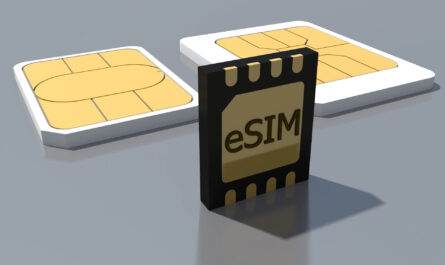Data converters are electronic devices that convert raw analog signals to digital or digital signals to analog. They play a vital role in the majority of electronic systems as analog signals from the physical world need to be converted to digital for processing by computers and other digital equipment. Conversely, digital outputs need converting back to analog for interaction with the real world. The main types of data converters are analog-to-digital converters (ADCs) and digital-to-analog converters (DACs).
Analog-to-Digital Conversion
Analog-to-digital Data Converters (ADCs) sample analog voltage or current levels and convert them into digital numbers that can be represented by strings of zeros and ones. The resolution of the ADC determines the number of discrete steps it can distinguish between. For example, an 8-bit ADC can represent signal levels in 256 different steps while a 16-bit ADC can represent levels in over 65,000 steps resulting in a much finer conversion.
The three main types of ADCs are successive approximation register (SAR), pipeline, and flash converters. SAR ADCs work by successively refining the digital output using a binary search algorithm over multiple clock cycles, making them slower but more accurate than other types. Pipeline ADCs split the conversion process into multiple stages allowing for higher conversion rates. Flash ADCs, also known as parallel ADCs, compare the input voltage to reference voltages from multiple resistors in parallel to generate the digital output in one step, providing the fastest conversion but being more complex and power-hungry.
Digital-to-Analog Conversion
Digital-to-analog converters (DACs) take a digital input, usually a binary number, and convert it to a proportional analog output voltage or current. They are commonly used to generate analog waveforms, replay audio signals, position servomotors, or control any system that uses analog signaling.
Like ADCs, DACs have a resolution defining the number of discrete levels they can produce, with higher resolution DACs able to generate smoother, finer-grained analog outputs. The two main types are ladder DACs and string DACs. Ladder DACs use a resistor ladder network to generate the reference voltages for each step on the output, while string Data Converters create the reference voltages from weighted current sources. Ladder DACs are generally more accurate while string DACs allow for greater integration in digital circuits.
Data Converter Applications
Some common applications that utilize data converters include:
– Audio systems – Microphones use ADCs to digitize sound while DACs reconstruct the audio signals played through speakers.
– Instrumentation – Sensors measure physical properties and ADCs digitize the signals for processing and display. DACs generate control signals for actuators.
– Communications – Data transmission systems employ modulator DACs and demodulator ADCs to interface between analog wireless signals and digital networks.
– Industrial control – Process variables are sampled by ADCs and fed to controllers. DACs produce analog control outputs for things like motor speeds.
– Medical equipment – Systems like MRI machines use ADCs to digitize scans and DACs to generate magnetic fields. Patient monitoring also relies heavily on data conversion.
– Automotive – Sensors digitized by ADCs provide vehicle input and ECUs generate analog outputs via DACs to control engines, transmissions, safety systems and more.
Performance Parameters
There are several key parameters that characterize data converter performance:
– Resolution – Number of discrete steps/levels that can be represented, defined in bits for ADCs/DACs. Higher resolution provides finer measurement/output control.
– Sample Rate/Conversion Rate – Speed that conversions can occur, critical for applications like signal processing. Measured in samples/second (SPS) or Hz.
– Signal-to-Noise Ratio (SNR) – Ratio of signal power to noise power, higher is better. Defines noise floor and dynamic range.
– Effective Number of Bits (ENOB) – Number of bits of real precision taking noise into account. Indicates actual resolution versus theoretical.
– Differential Non-Linearity (DNL) – Variation from ideal step size across levels. Critical for applications like waveform generation.
– Integrated Non-Linearity (INL) – Cumulative variation from straight line transfer function. Impacts overall accuracy.
– Power Consumption – Important for battery-powered devices where lower consumption is essential.
By selecting devices with the optimal resolution, speed and precision for an application, engineers can maximize data converter system performance. Trade-offs also exist, such that higher resolution often results in lower speed or increased power use.
They are a foundational building block across nearly all electronic systems. By digitizing analog signals and reconverting digital outputs, they bridge the gap between the real world’s continuous properties and digital systems’ discrete representations. Engineers rely on optimized data converters to enable wider system functionality.
*Note:
1. Source: Coherent Market Insights, Public sources, Desk research
2. We have leveraged AI tools to mine information and compile it



